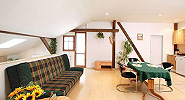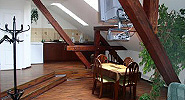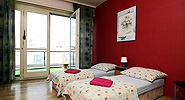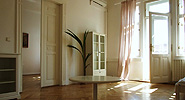Prague Castle
Prague Castle, the main tourist attraction, is the largest monumental medieval castle complex in Europe (covering 45 hectares) and the ancient seat of Czech kings throughout the ages. The Bohemian Crown Jewels are kept in St Vitus Cathedral.
Since its foundation in the last quarter of the 9th century it has been developing uninterruptedly throughout the past eleven centuries. The castle buildings represent every architectural style of the last millennium.
The first known building on the site of Prague Castle was erected in the 9th century. In the 12th century it was replaced by a Romanesque palace. In the 14th century it was rebuilt in the Gothic style, under the reign of Charles IV. A further reconstruction of the Royal Palace then took place under the Jagellons at the end of the 15th century. Following a fire in 1541, Prague Castle underwent further works. The Spanish Hall was added during the reign of Rudolf II. and final alterations were made by Empress Maria Theresa, under the direction of the celebrated architect M. Pacassi. After World War I, renovations to the castle buildings and to the Prague Castle Gardens were undertaken by the architect J. Plecnik.
Today, Prague Castle is the seat of the President of the Czech Republic and serves as the historical and political centre for both city and state.
The Changing of the Guard at the front gates takes place every hour. At noon the ceremony includes a fanfare.
The Prague Castle includes gothic St Vitus Cathedral (the most recognisable landmark in the city), Romanesque Basilica of St. George, a monastery, several palaces including Lobkowicz Palace, Golden Lane, museums, art galleries and beautiful gardens. Most of the castle areas are open to tourists. The Summer Shakespeare Festival regularly takes place in the courtyard of Supreme Burgrave´s House.



